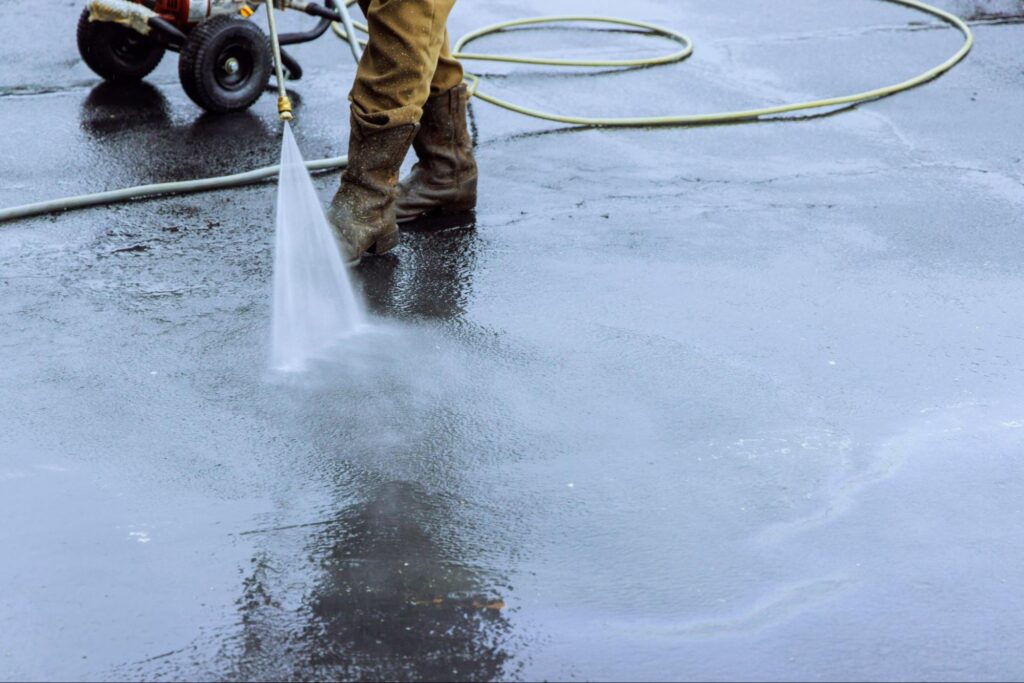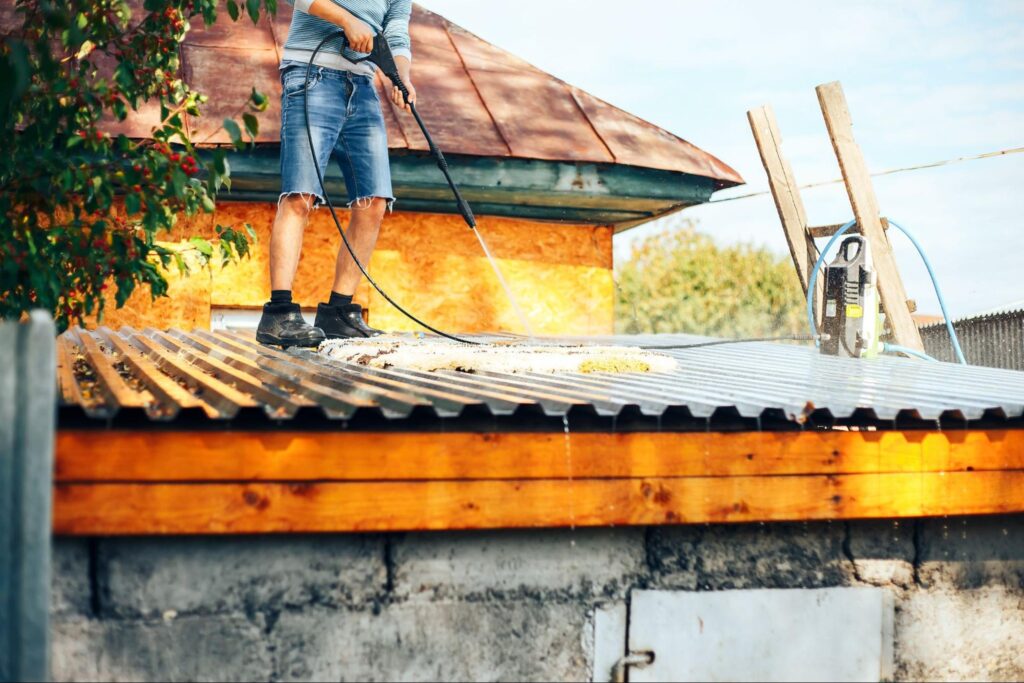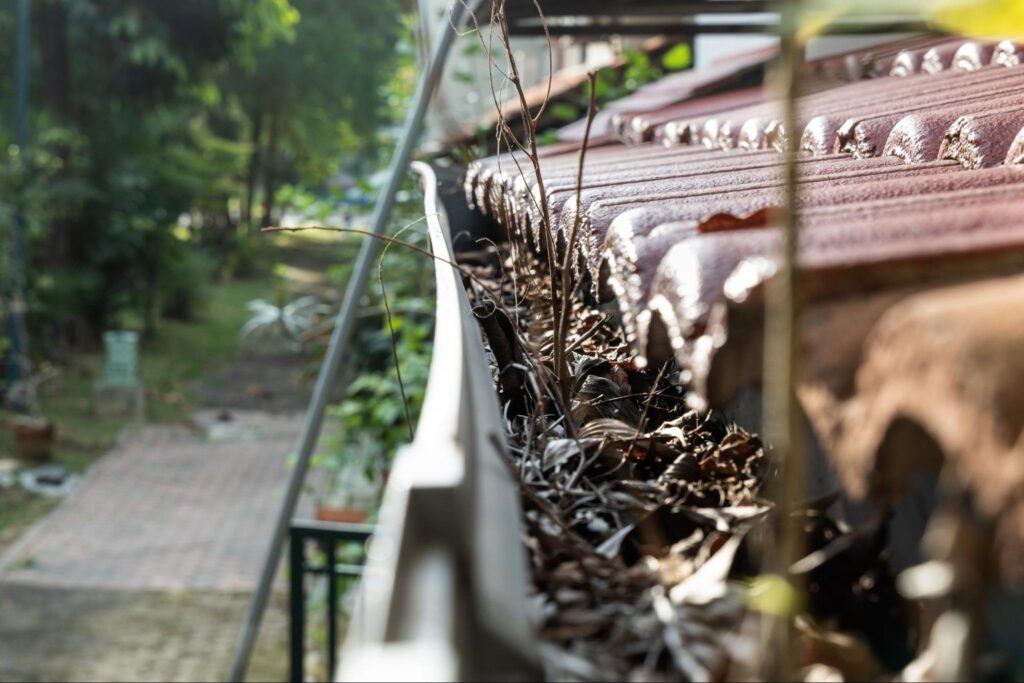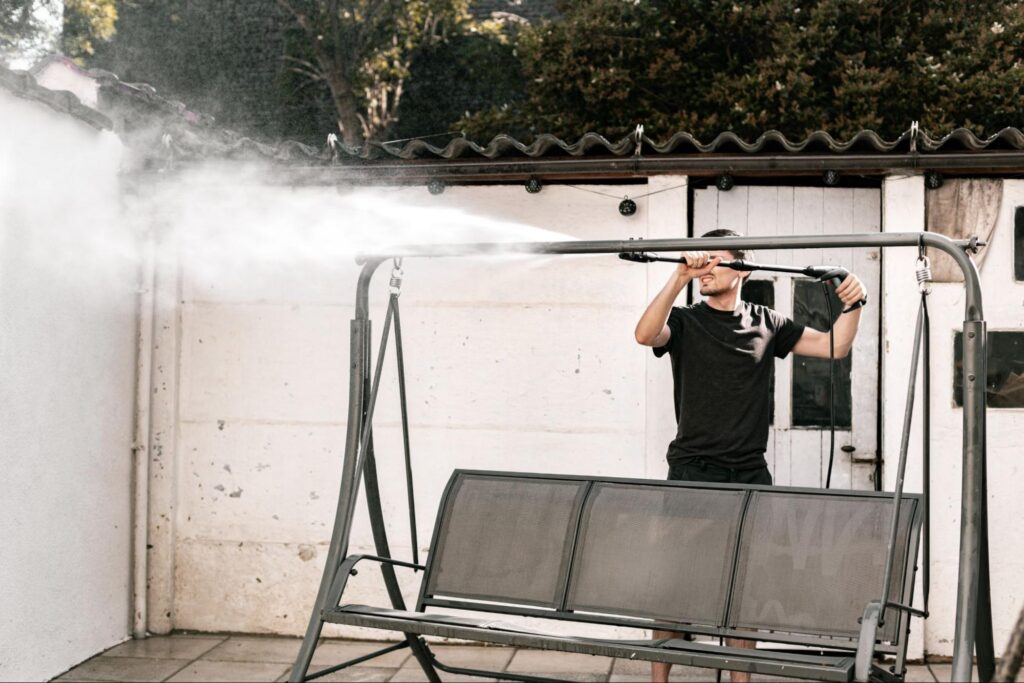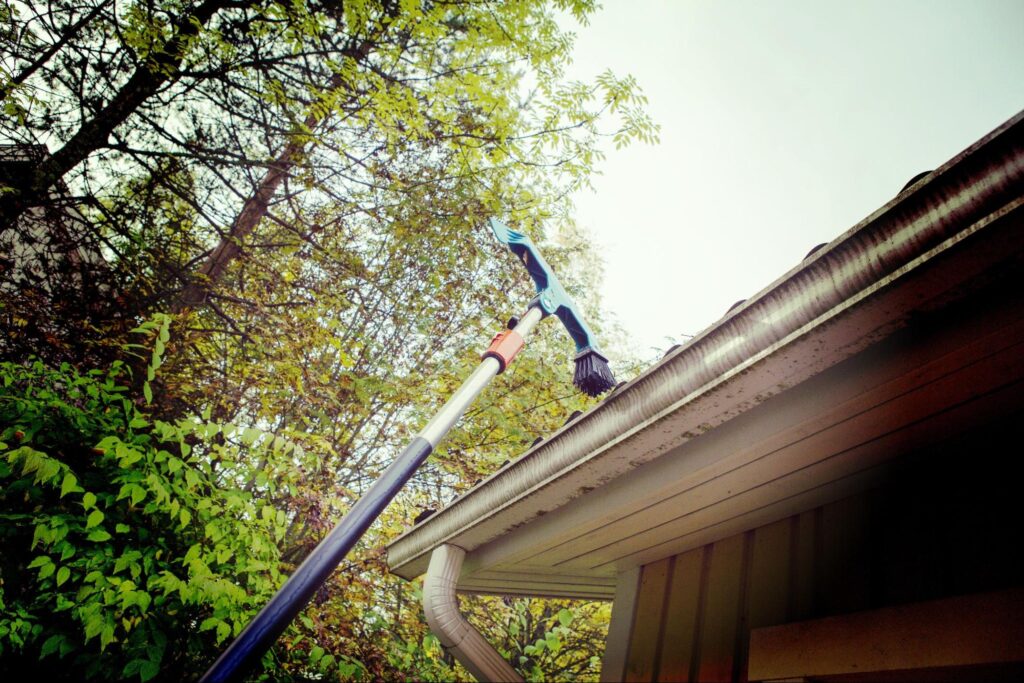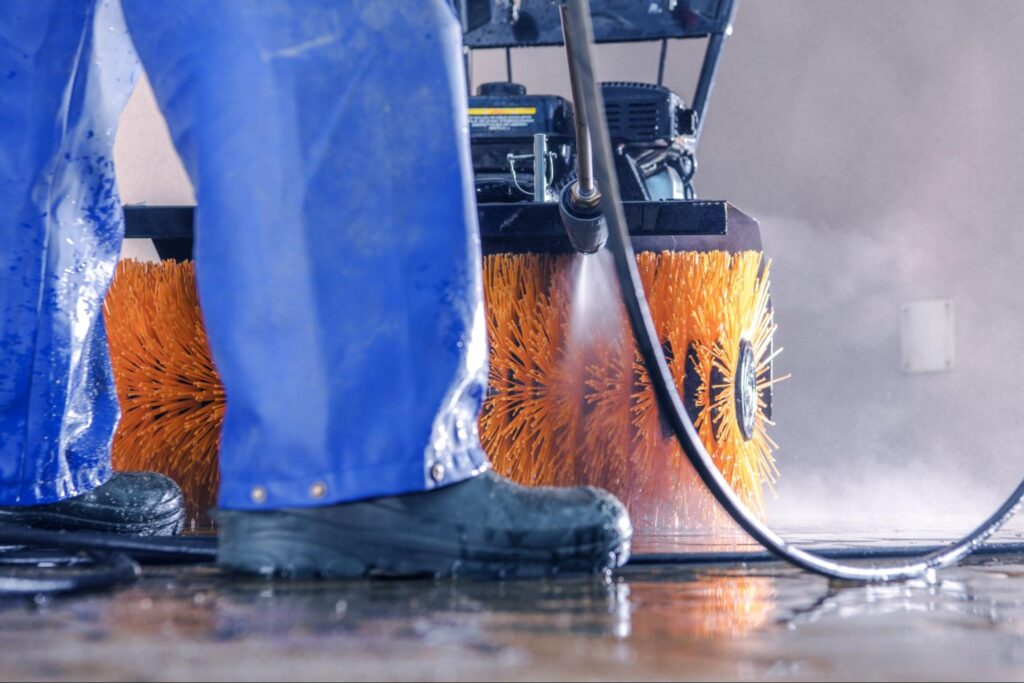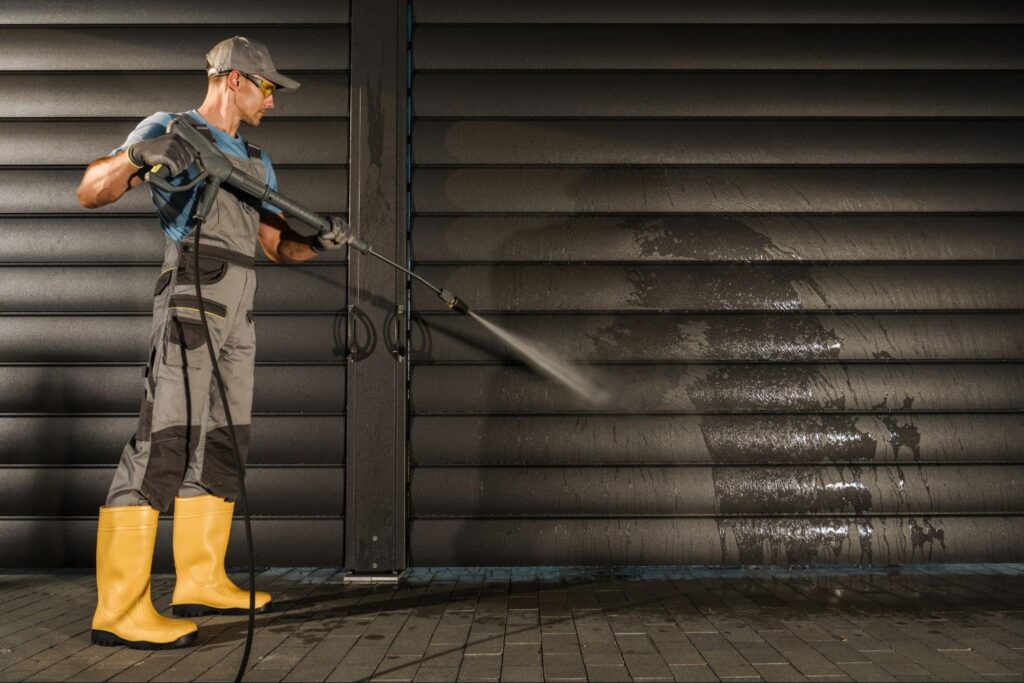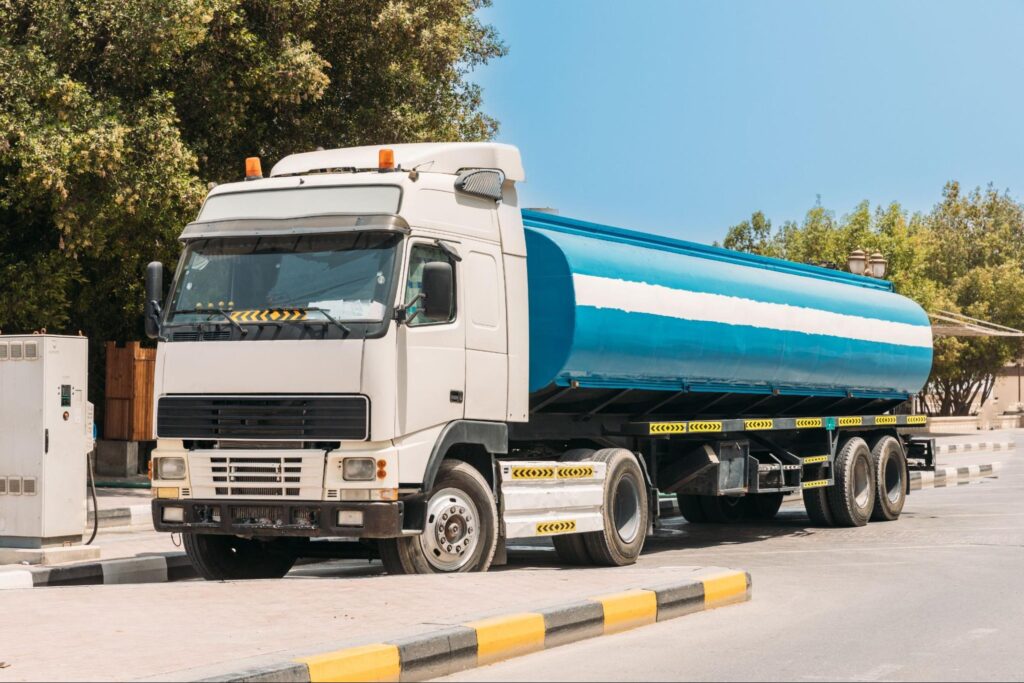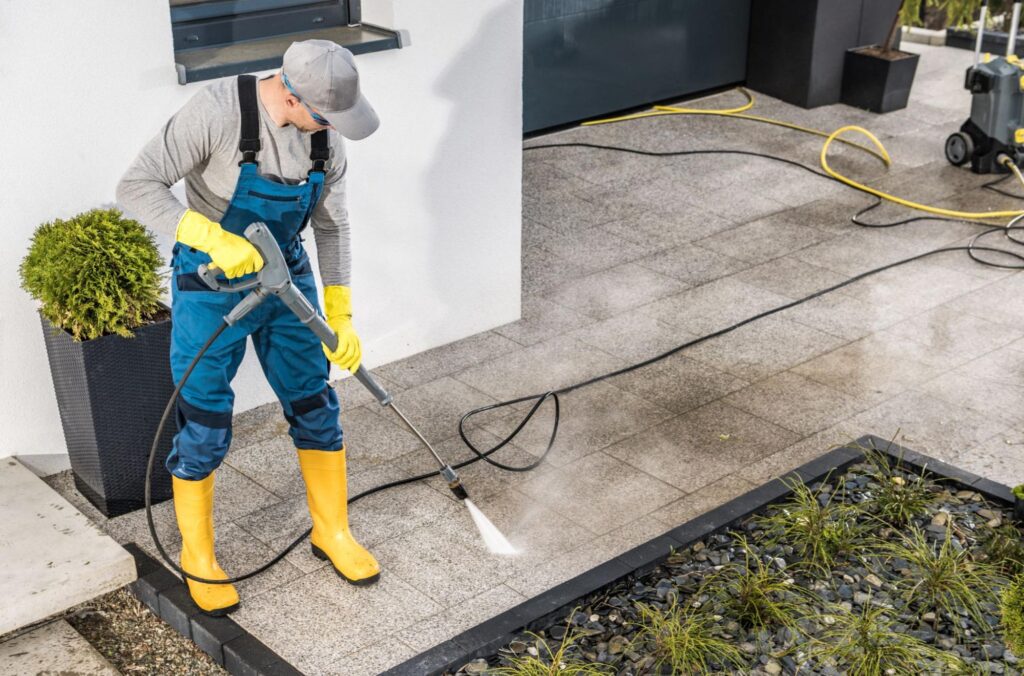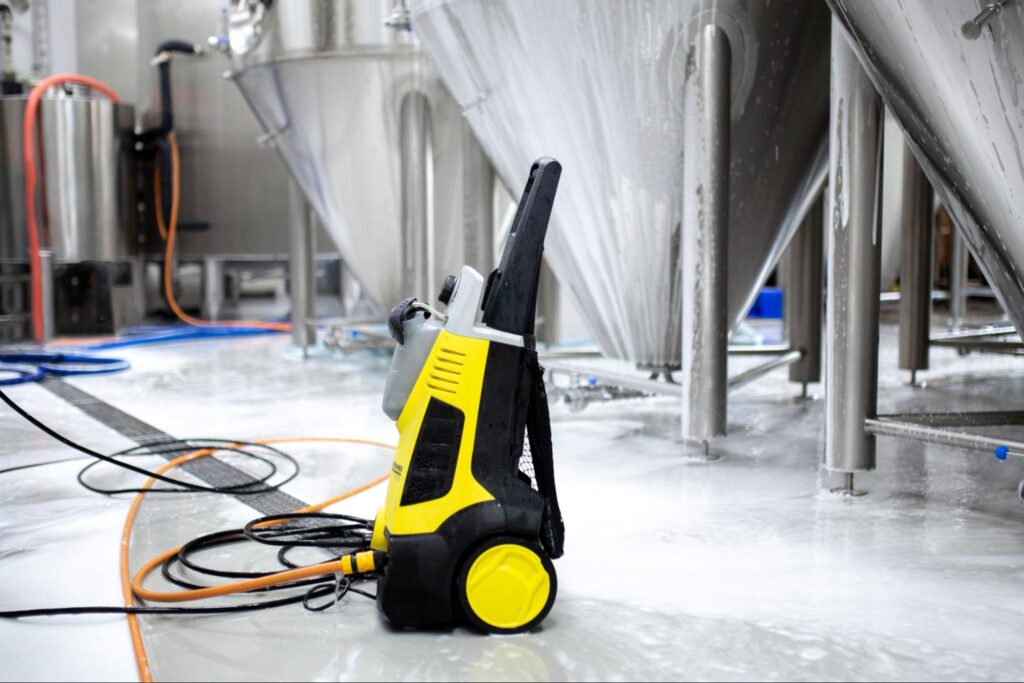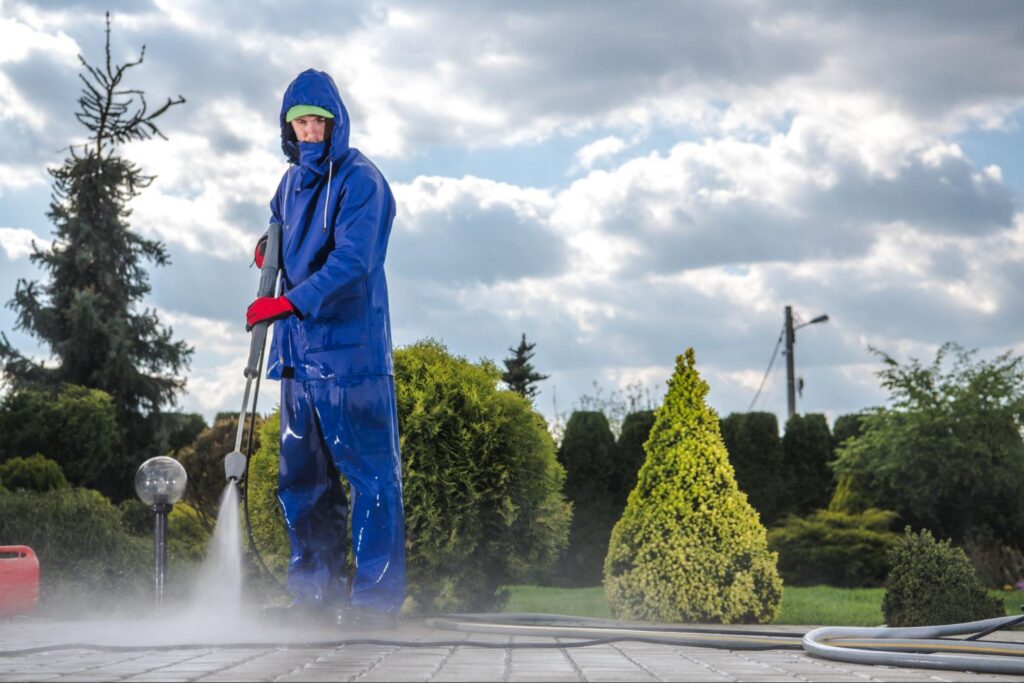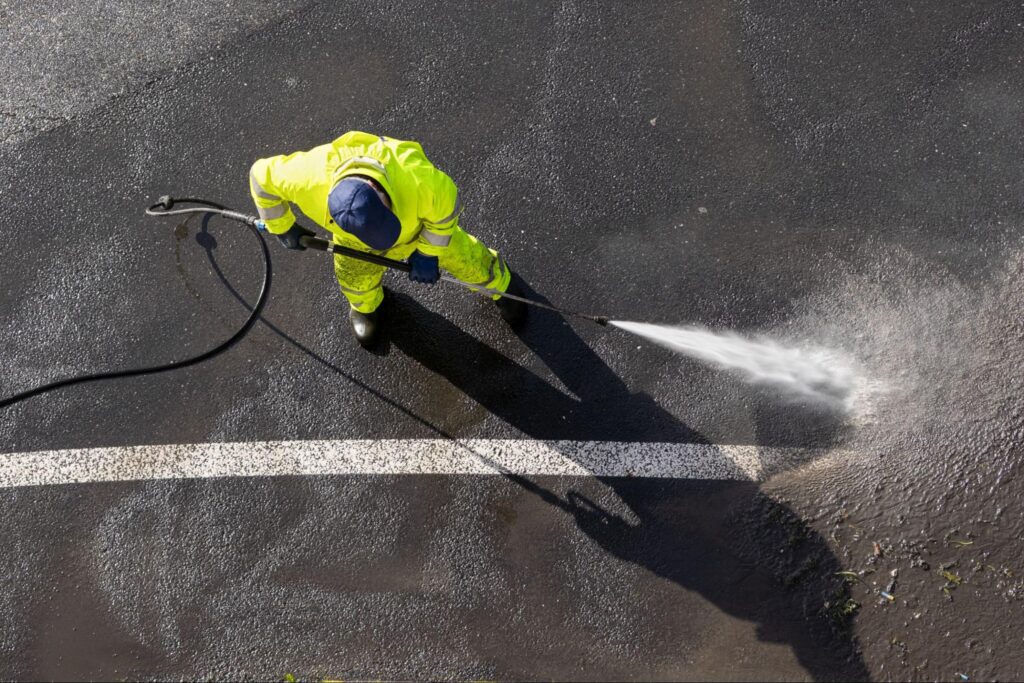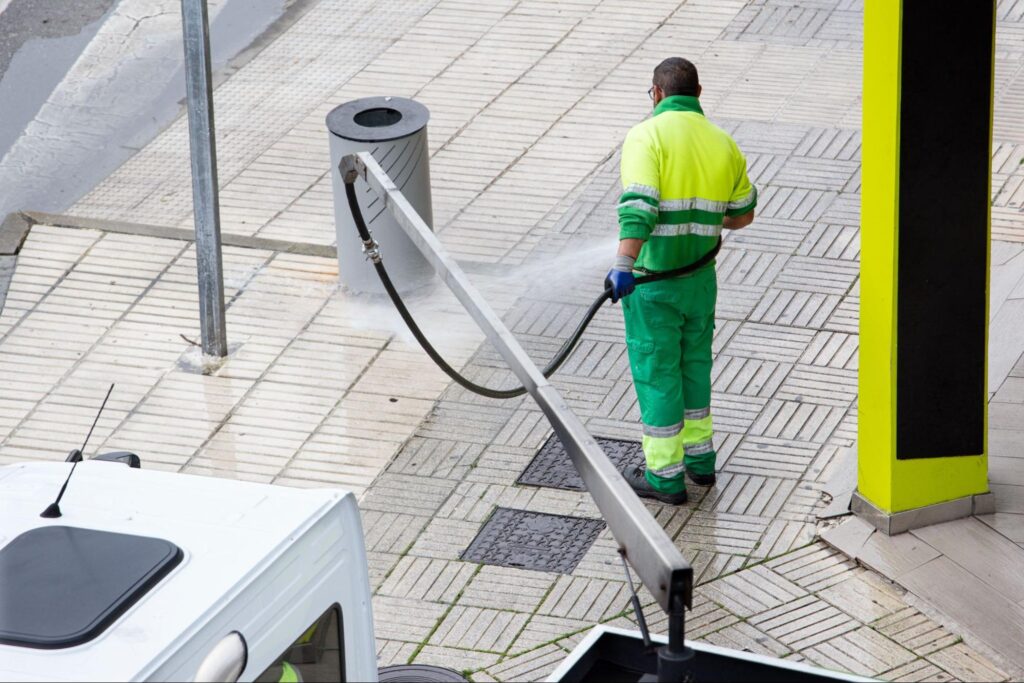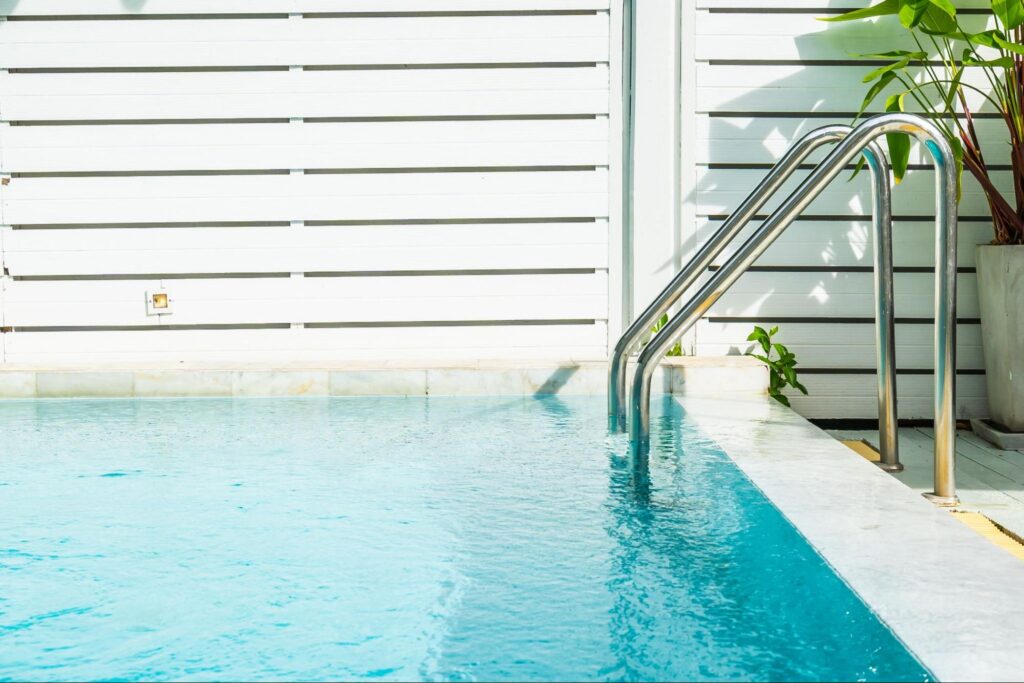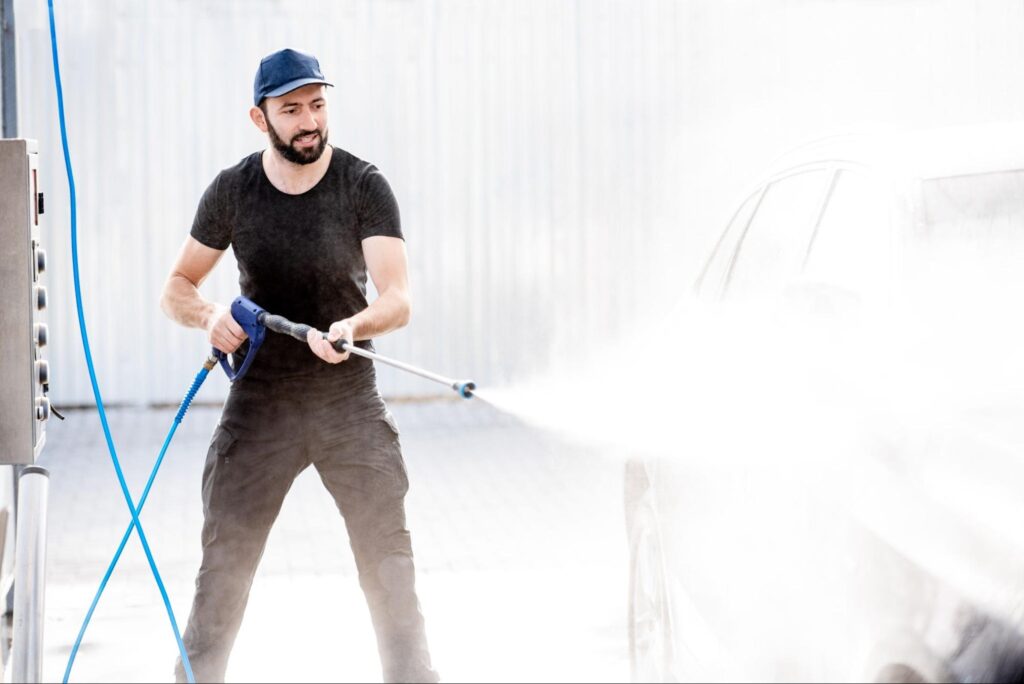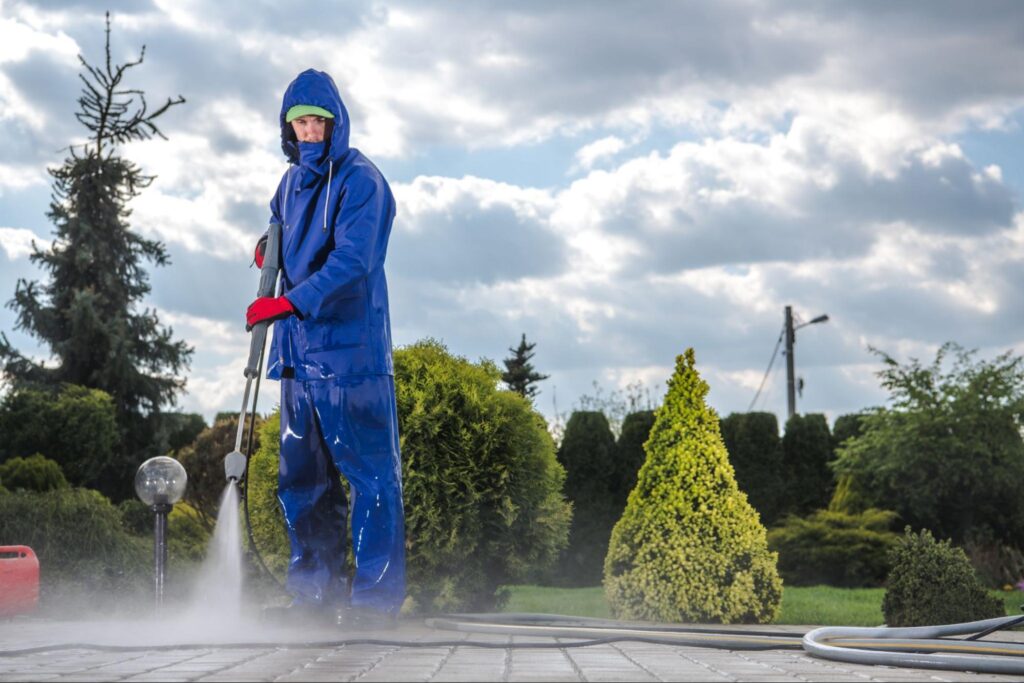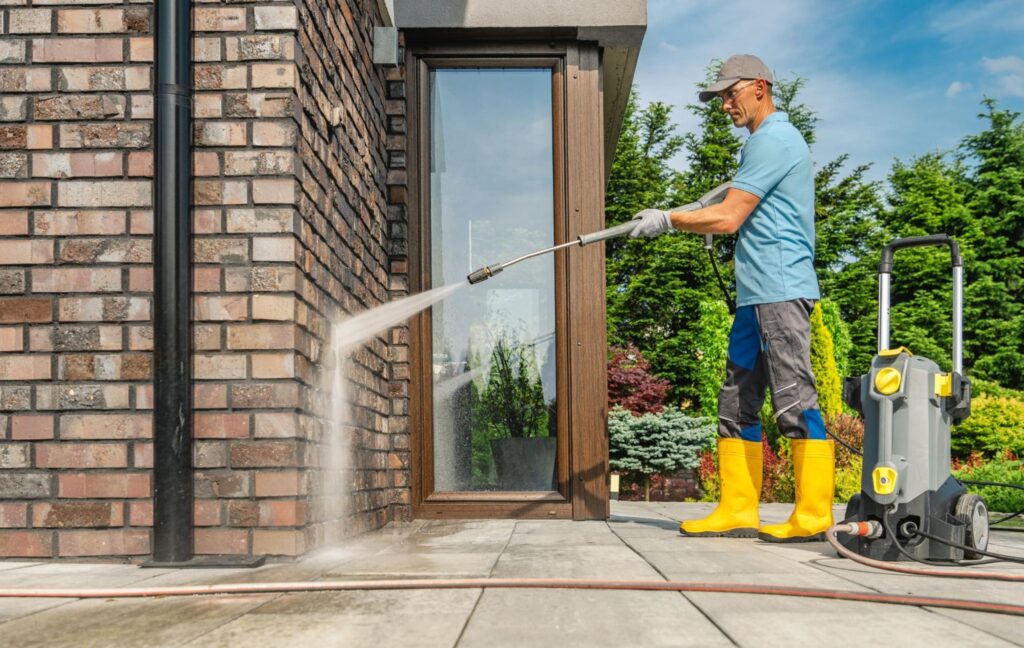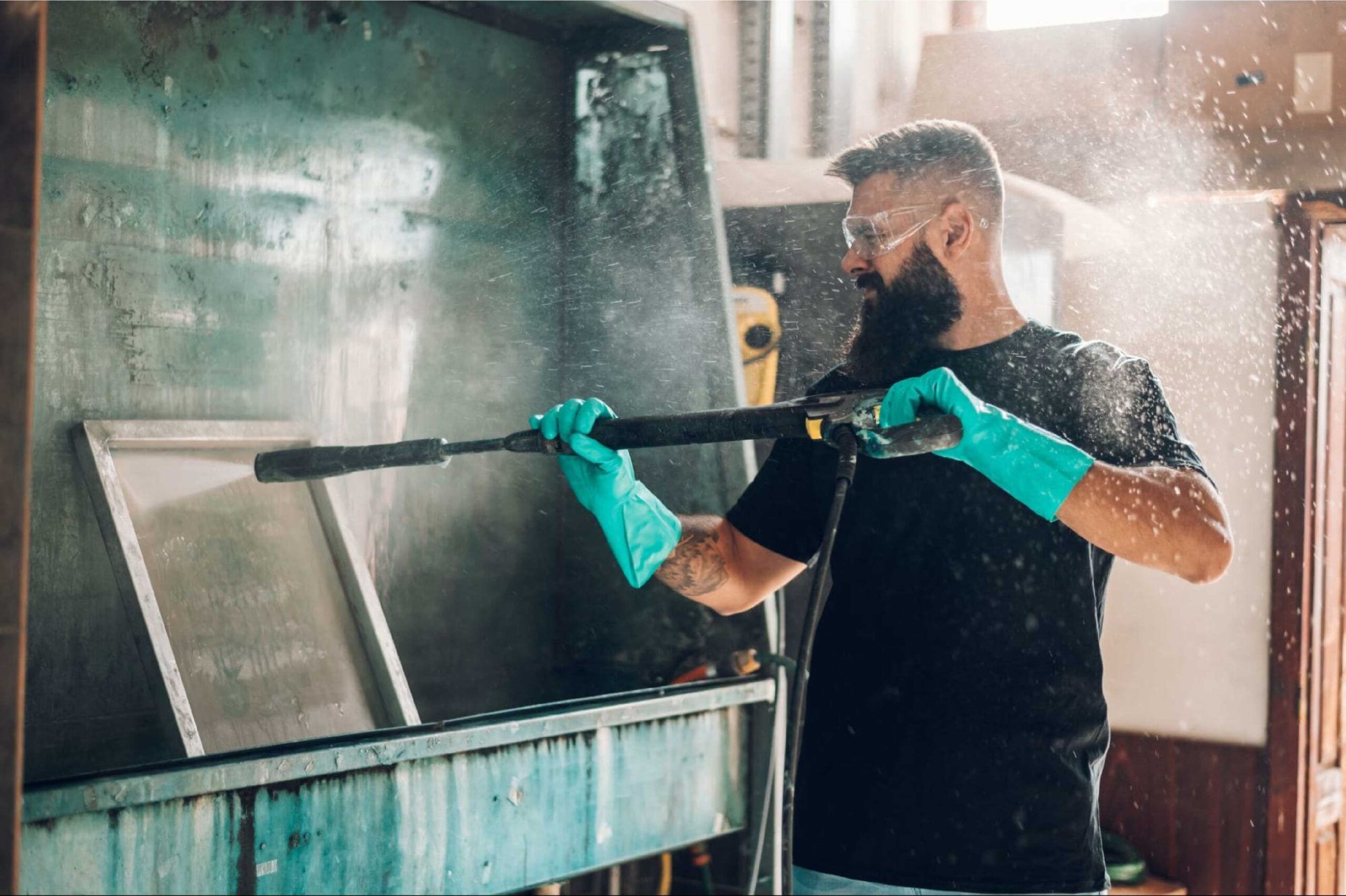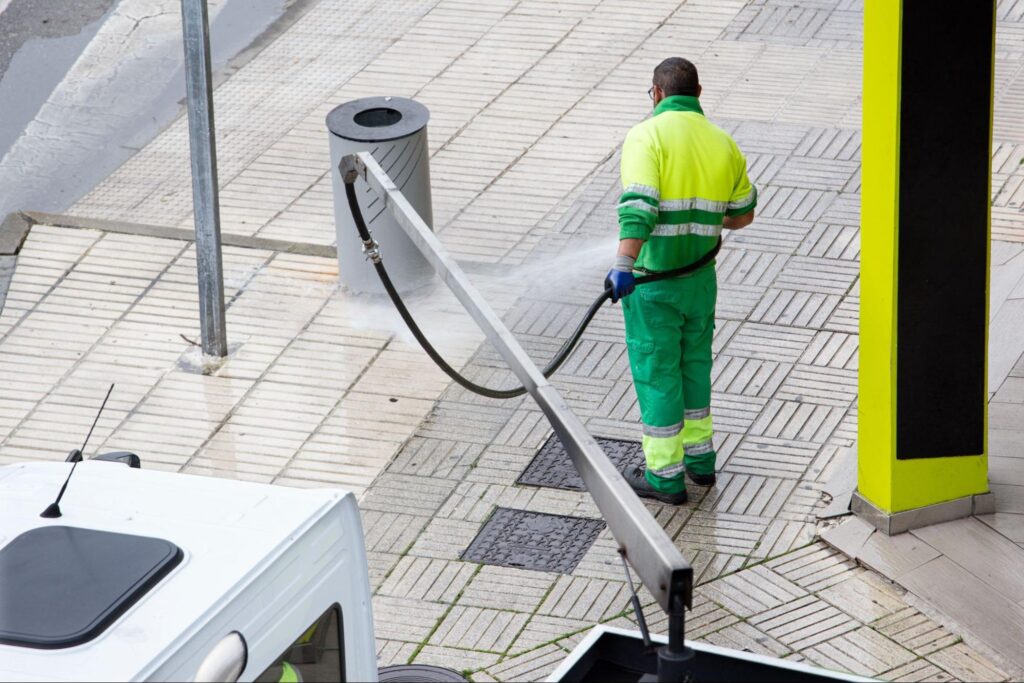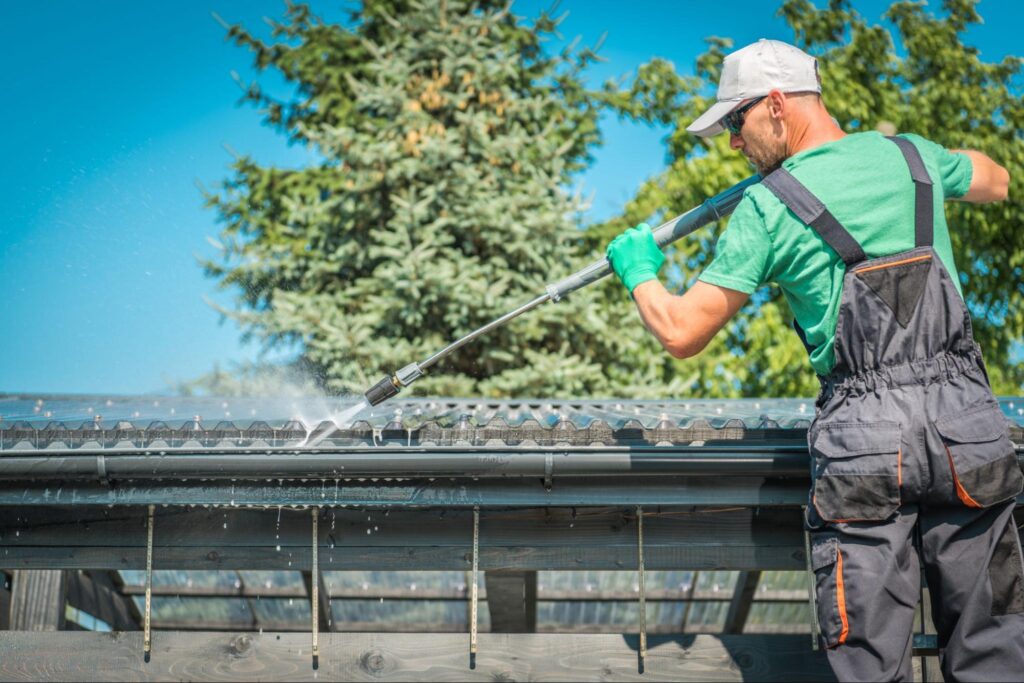What Pressure Washing Equipment is Needed for Residential Spaces?
A solid house pressure washing setup starts with understanding how much cleaning power you actually need. Two specs determine performance: pounds per square inch (PSI) for cutting power and gallons per minute (GPM) for rinsing and speed. Light-duty electric units, operating around 1,500–2,000 PSI and 1.2–1.8 GPM, handle patio furniture, bicycles, and mildew on small patios. Gas machines in the 2,800–3,200 PSI and 2.4–3.0 GPM range are better for driveways, fences, and whole-house rinses because they push more water, clean faster, and accept larger accessories. Match output to typical tasks, and remember that technique—distance, angle, and dwell time—often matters as much as raw power in pressure washing.
Pressure Washing Machines that Fit Driveways, Decks, and Siding
Choosing the right machine keeps projects efficient and safe. A compact electric unit is quiet, low-maintenance, and easy to store; a mid-frame gas machine offers speed and flexibility for multi-surface cleaning days.
Electric Units for Light Duty
They excel at small patios, outdoor furniture, and spot cleaning where portability and lower noise matter.
Gas Units for Larger Jobs
They pair higher PSI and GPM with bigger accessories to clean concrete and long fence runs quickly.
Direct Drive Vs Belt Drive
Direct drive suits homeowners for simplicity; belt drive runs cooler for extended sessions, but is usually overkill at home.
Nozzles and Wands for Pressure Washing that Control Results
Nozzles translate machine output into usable cleaning patterns, and they’re the most cost-effective upgrade you can make. A standard quick-connect set typically includes 0°, 15°, 25°, and 40° tips plus a low-pressure soap tip. For most residential pressure washing, the 25° tip is the everyday workhorse on concrete, and the 40° tip is the safer choice on painted siding and softer woods. A 2-in-1 adjustable nozzle or a variable-spray wand is practical when you’re constantly shifting tasks. Longer wands improve reach on siding and reduce overspray, while a short “stub” gun gives better control in tight areas like steps and railings.
Pressure Washing Hoses, Reels, and Connectors that Keep You Moving
Durable hoses and fast connectors save time and frustration during setup, rinsing, and teardown.
High-Pressure Hose Length and Rating
Fifty feet balances reach and pressure; look for kink-resistant, steel-braided lines rated above your machine’s max PSI.
Quick Connect Fittings
Brass or stainless quick-connects let you swap tips and tools instantly without hunting for wrenches.
Swivel and Reel Benefits
A swivel at the gun reduces wrist fatigue, and a hose reel keeps coils neat to prevent abrasion and leaks.
Pressure Washing Surface Cleaners for Large Flat Areas
A surface cleaner—essentially a spinning bar under a shroud—transforms driveway and sidewalk work. Instead of carving light and dark stripes with a wand, you get an even, overlap-free finish. The shroud controls overspray around landscaping and garage doors, and the spinning action uses the flow more efficiently to lift embedded grime. Choose a size that matches your GPM: a 12-to-16-inch head pairs well with mid-range homeowner machines, while oversized heads require higher flow to keep the bar spinning briskly. For paver patios, a gentle pass plus a wide-angle follow-up rinse helps preserve joint sand.
Detergents, Foamers, and Injection Systems for Pressure Washing
Chemistry lets you clean at lower pressure, which protects finishes and reduces etching risk on softer materials.
Downstream Injector Basics
An injector pulls soap after the pump, so chemicals never circulate through sensitive seals and pistons.
Foam Cannon Uses
Thick foam clings to vertical siding and vehicles, extending dwell time so cleaners can break down grime.
Detergent Selection for Materials
Use house-wash blends for painted siding, oxygenated cleaners for wood, and degreasers formulated for oil-stained concrete.
Pressure Washing Safety Gear and Setup that Protect Your Home
Personal protective equipment and intelligent workflow make cleaning safer and more precise. Closed-toe shoes with grip, eye protection, and hearing protection are musts when running gas machines or using turbo nozzles. Test inconspicuous areas first and start with the widest fan pattern at a greater distance, creeping closer only as needed. Keep spray away from window seals, electrical boxes, and siding laps that face uphill into your spray angle. When working on wood decks, move with the grain and maintain a consistent distance to avoid zebra stripes. Finally, cover delicate plants and pre-wet them to dilute overspray on leaves.
Maintenance and Storage for Pressure Washing for Long Equipment Life
Good habits between uses keep pumps and engines ready when the next project pops up. Flush cleaners with clear water, then trigger the gun for a few seconds with the machine off to relieve pressure and protect seals. If your unit will sit for weeks, use Pump Saver to prevent mineral buildup and dry rot in elastomers. Change engine oil at the intervals in your manual and check air filters after dusty driveway sessions. Store hoses loosely coiled, tips in a labeled case, and detergents in a cool, dry spot away from sunlight. A tidy kit means faster setups and fewer leaks the next time you tackle pressure washing.
Pressure Washing for Specific Home Surfaces Without Guesswork
Different materials ask for slightly different playbooks to protect finishes while still removing grime. Vinyl and fiber-cement siding usually respond well to wide-fan tips, low pressure, and detergents that do most of the heavy lifting; keep the wand at a shallow angle to avoid driving water behind laps. Natural wood benefits from mild cleaners, wider patterns, and longer dwell times, followed by a brightener and reseal after drying. Concrete can handle more aggressive tips and turbo nozzles, but oil spots often need a degreaser and hot water if available. Composite decking typically needs gentle pressure and manufacturer-approved soaps to preserve the cap stock.
DIY or Pro Pressure Washing, how to Decide
Most homeowners can handle patio furniture, small patios, and siding touch-ups with a thoughtful kit and careful technique. When projects involve second-story work, delicate historic materials, or oil-soaked concrete that resists cleaning, a professional’s higher-flow machines, heated water options, and wastewater controls can save time and reduce risk.
Scope of Work
If the job requires ladders, chemical mixes, or extensive square footage, evaluate whether your gear and schedule can keep up.
Risk and Liability
High pressure can etch materials and force water into envelopes; pros bring training and insurance to manage those risks.
Time Versus Outcome
A seasoned crew may finish in hours what could take you an entire weekend, often with better uniformity.
Pressure Washing Takeaway for a Clean, Protected Home
Build your residential kit around the surfaces you clean most, then add targeted upgrades that speed up specific tasks. Pair sensible PSI and GPM with the proper nozzles, a reliable hose set, and at least one labor-saving tool like a surface cleaner or foam cannon. Respect dwell time, let chemistry do the hard work, and keep safety front and center. With a dialed-in approach to pressure washing, you’ll protect finishes, reclaim curb appeal, and shorten chore day without sacrificing results.
Visit the A Plus Power Cleaning blog to learn more about pressure washing equipment needed to refresh your home.
Recent Post
-
The Difference Between Street Cleaning and Parking Lot Cleaning Services
-
Roof Pressure Washing vs. Soft Washing: Which Is Better for Your Home?
-
The Best Time of Year to Schedule Gutter Cleaning Services
-
Why DIY Pressure Washing Can Damage Your Property
-
Manual vs. Powered Gutter Cleaning Tools: Which Works Best?
-
The Science Behind Industrial Pressure Washer Power and Efficiency
-
How a Commercial Pressure Washer Helps Maintain Commercial Properties
-
Water Delivery for Pools: What Homeowners Should Know Before Filling
-
Why Homeowners Trust Local Pressure Washing Companies
-
How Often Should You Schedule House Pressure Washing?
-
How Modern Technology Improves Pressure Washing Equipment Performance
-
What to Expect When You Call a Pressure Wash Business
-
The Step-by-Step Process of Professional Parking Lot Cleaning
-
How a Commercial Surface Cleaner Helps Maintain Sidewalks and Parking Lots
-
Why More Homeowners Rely on Pool Water Delivery Services
-
How a Gutter Cleaner Helps Protect Roofs and Foundations
-
The Difference Between DIY and Professional Pressure Wash Services
-
What Pressure Washer Companies Do and Why You Need Them
-
Pressure Washing vs. Soft Washing: Which Is Right for Your House?
-
Top Industries That Rely on Industrial Pressure Washing
-
The Benefits of Using a Pressure Washer for House Exteriors
-
The Difference Between Residential and Commercial Pressure Washing
-
What Is a Pressure Washer Surface Cleaner and How Does It Work?
-
The Importance of Regular Gutter Cleaning for Home Maintenance
-
How Weather Conditions Affect High Rise Window Cleaning
-
What Pressure Washing Equipment is Needed for Residential Spaces?
-
What Pressure Washing Equipment is Needed for Residential Spaces?
-
Best Times for Driveway Pressure Washing
-
Pressure Wash vs. Power Wash: What's the Difference?
-
How Often Should You Invest in Roof Gutter Cleaning?
-
Best Pressure Washing Company Near Me in Austell, GA
-
Top Power Wash Company Near Me in Chamblee, GA
-
Top Powerwash Company Near Me in Atlanta, GA
-
Top Pressure Cleaning Companies Near Me Austell, GA: A Plus Power Cleaning
-
Top Pressure Washing Companies Near Me Chamblee, GA: A Plus Power Cleaning
-
Top Pressure Cleaning Companies Near Me Atlanta, GA: A Guide to Power Cleaning Services
-
Best Electric Pressure Washer in Atlanta
-
How Much Does Roof Cleaning Cost in Marietta, GA and Atlanta, GA?
-
How Much Does Pressure Washing Cost in Georgia?
-
What is the Difference Between Power Washing and Pressure Washing




